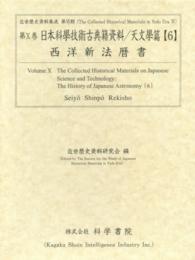- ホーム
- > 洋書
- > ドイツ書
- > Social Sciences, Jurisprudence & Economy
- > Education Science / Pedagogic
- > didactics, methodics, school education
Full Description
This book addresses key issues of Technology and Innovation(s) in Mathematics Education, drawing on heterogeneous ways of positioning about innovation in mathematical practice with technology.








